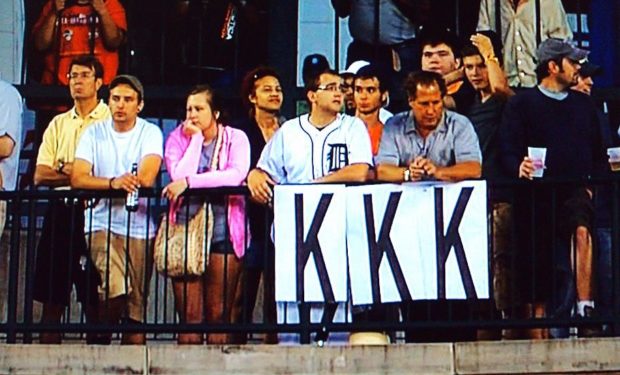Data-driven baseball strategy didn’t start with Moneyball, Michael Lewis‘s famous book that became a movie starring Brad Pitt. Bill James and sabermetrics started it long before that. And though Moneyball whiz kid Billy Beane never quite got the A’s over the hump, Theo Epstein — another deep inhaler of statistic smoke — did collect the prize with the Boston Red Sox using the analytics approach. Then he did it for the Cubs. That’s a lot of dry years Epstein and his data-rich approach poured champagne on. Every MLB team followed.

Seemed cool at the time. But now Major League Baseball is swinging and missing — literally all the time. The data-heavy style has reordered baseball’s priorities. These days, there are home runs and strikeouts, and that’s predominantly the whole game. It’s as if the entire league has turned into Dave Kingman.
A recent Bleacher Report article by Scott Miller delivers some brutal news: even MLB Hall of Famers don’t cotton to the new MLB. Miller quotes Pete Rose, Goose Gossage and other legends among those disenchanted with today’s baseball. The number one complaint? Baseball is now boring, say the critics — a tired, slow-moving combination of hard hurlers, too many strikeouts, defensive shift adjustments (based on data analytics) and the prioritization of long ball hitting over nuance. Basically, all of baseball’s marvelous complexity is getting short shrift while the focus shifts to dingers and heat. Here are 5 telling stats.
- Major League Baseball is on track to have the first season in history in which there are more strikeouts than hits.
- Strikeouts are set to increase for the 13th consecutive year.
- 22.1 percent of all at-bats result in strikeouts, an all-time historical high.
- More than 4 our of 10 runs scored (40-plus percent) are home runs – the third season in a row this stat is at 40-plus percent after a history of low 30s. Basically, dingers are increasingly the main way to score.
- The ball is too rarely in play. 2018 is the second straight season when the ball is in play less than 37 percent of the time.
